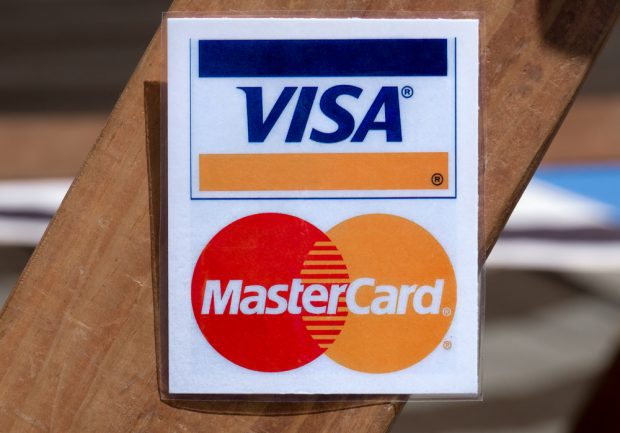 Credit/Shutterstock
Credit/Shutterstock
Spending through the nation's largest payments CUSO rose for debit cards, but fell slightly for credit cards, as balance transfers showed a sharp decline.
The PSCU Payments Index found spending in March fell 0.3% by credit and rose 6.6% by debit from a year earlier.
Recommended For You
Those results bracketed the Census Bureau's report on March retail spending, excluding automobiles and parts, which it found rose 3.3% in March from a year earlier — slightly lagging the 3.5% 12-month increase in the Consumer Price Index.
PSCU's report released April 23 and the Census report also showed:
- Grocery store spending rose 3.1% in March from a year earlier, Census reported. At PSCU, spending rose 6% by credit and rose 8% by debit.
- Gasoline spending fell 1.5% in March from a year earlier, Census reported. At PSCU, spending was unchanged by credit and rose 2% by debit.
- Spending at restaurants and bars rose 6.8% in March from a year earlier, Census reported. At PSCU, spending rose 5% by credit and rose 7% by debit.
"Consumer spending remained steady in March, in line with other strong economic indicators," Jeremiah Lotz, SVP for product experience at PSCU/Co-op Solutions, said.
The average credit card balance among credit union members using PSCU was $2,907 on March 31, up $119, or 4.3%, from a year earlier, but down $2 from Feb. 29.
Delinquencies tend to fall from February to March as households receive tax refunds. This year, PSCU credit card delinquencies stood at 2.46% on March 31, up from 1.82% a year earlier, but down from 2.65% on Feb. 29.
March is usually the peak for balance transfers, but PSCU found this year balance consolidation transactions in March were down 41% in number and 37% in value.
One factor was that credit unions sent 7.5% fewer balance transfer offers to card holders.
 Jeremiah Lotz
Jeremiah Lotz "This trend could be a warning sign given rising credit card delinquency rates and liquidity challenges – while credit union members are also using fewer offers potentially fueled by higher interest rates," Lotz said.
For those that used balance transfers in March 2024, the average amount of balance transfers was $4,187, up 6% or $236, from 2023.
The report also found physical card activity softened, while contactless cards "tap and go" activity continued to grow. Tap-and-go represented 19% of all credit card transactions in March, up from 12% a year earlier. For debit, it was 14% of transactions, up from 9% a year earlier.
Apple Pay made 93% of digital wallet debit transactions and 89% of digital wallet credit transactions. The next two largest providers are Google Pay and Samsung Pay.
"Contactless and tokenized credit transactions continue to rise, along with contactless debit transactions," Lotz said. "These increases can be attributed to the higher quantity of contactless cards being issued, coupled with greater merchant acceptance, resulting in consumers becoming more accustomed to 'tapping' their cards."
© Touchpoint Markets, All Rights Reserved. Request academic re-use from www.copyright.com. All other uses, submit a request to [email protected]. For more inforrmation visit Asset & Logo Licensing.







